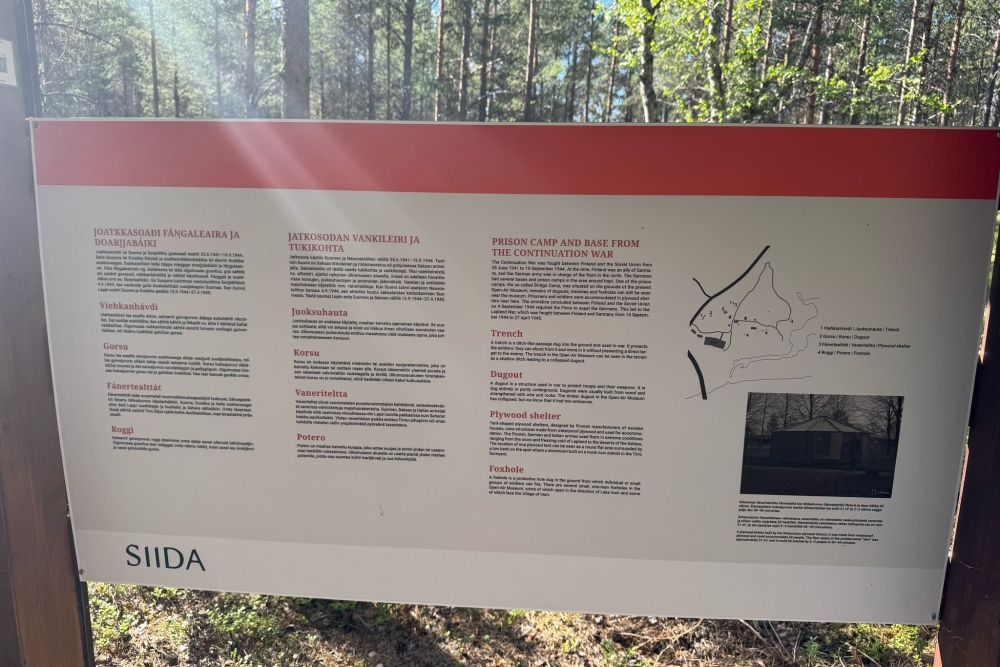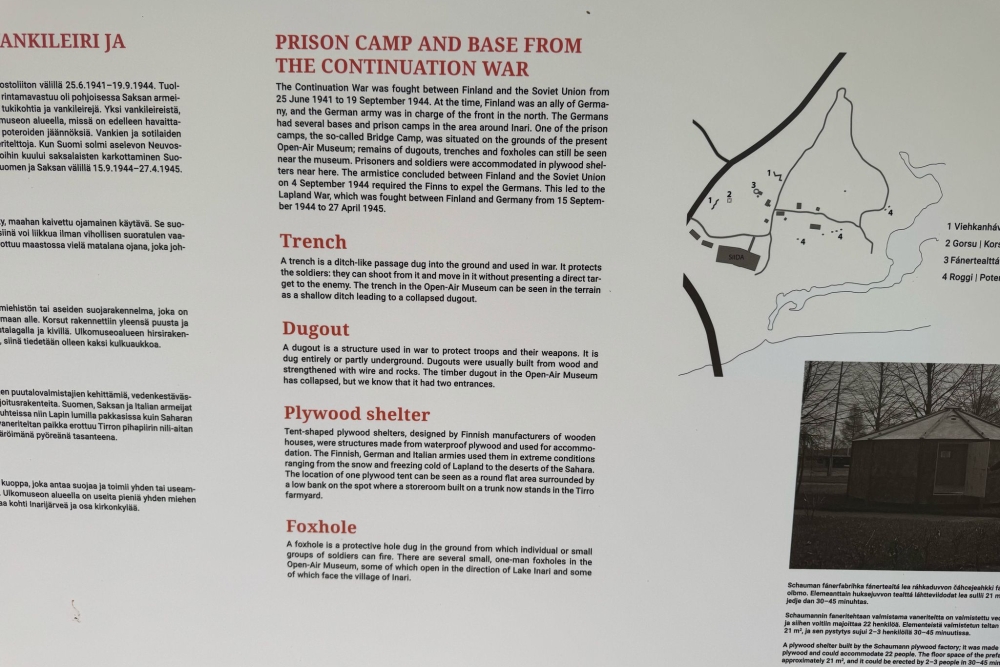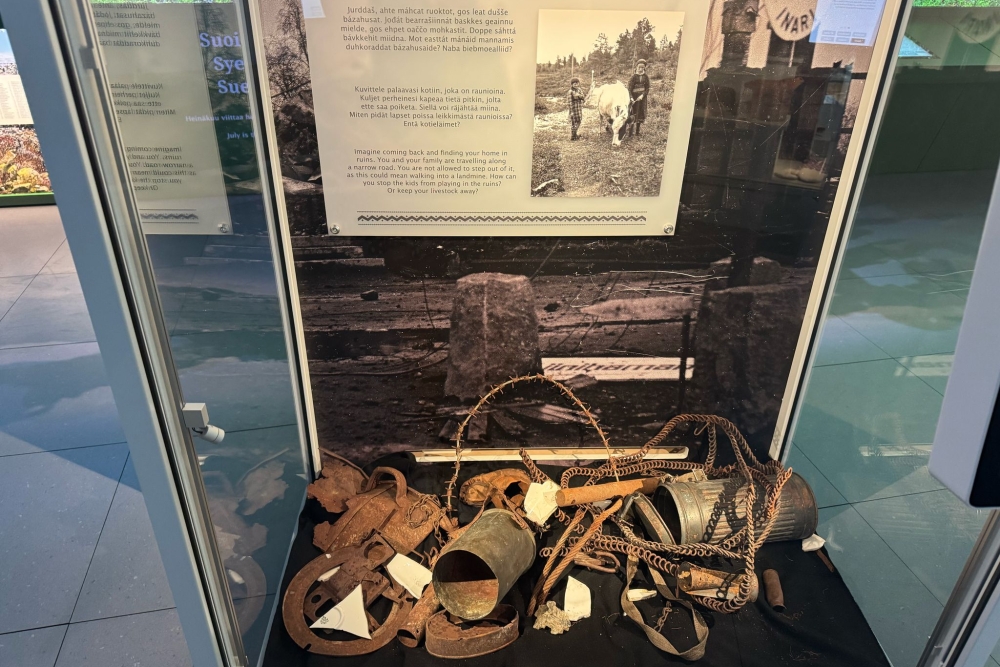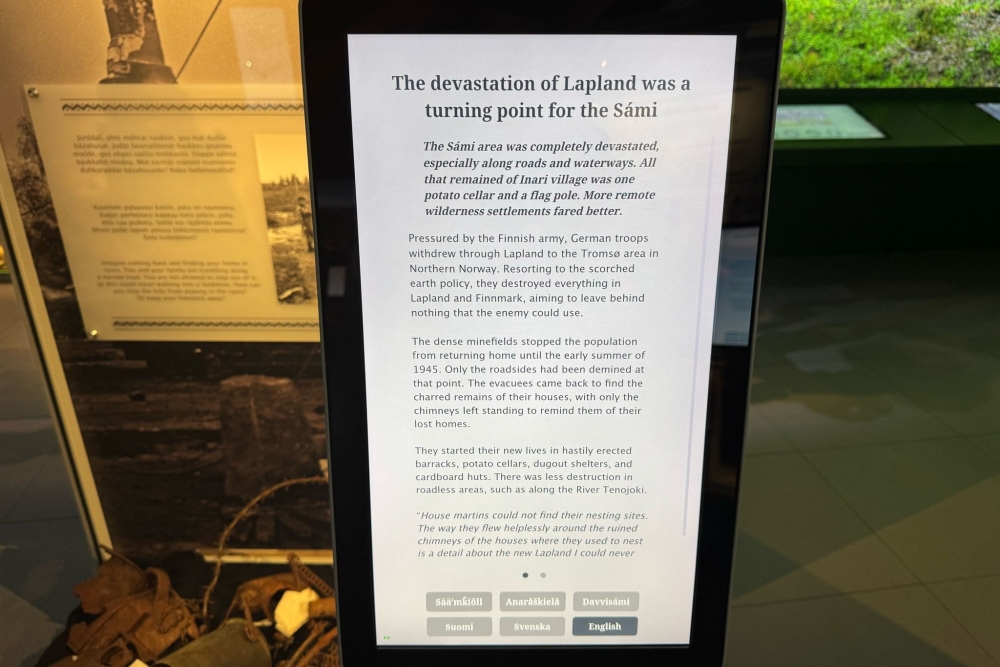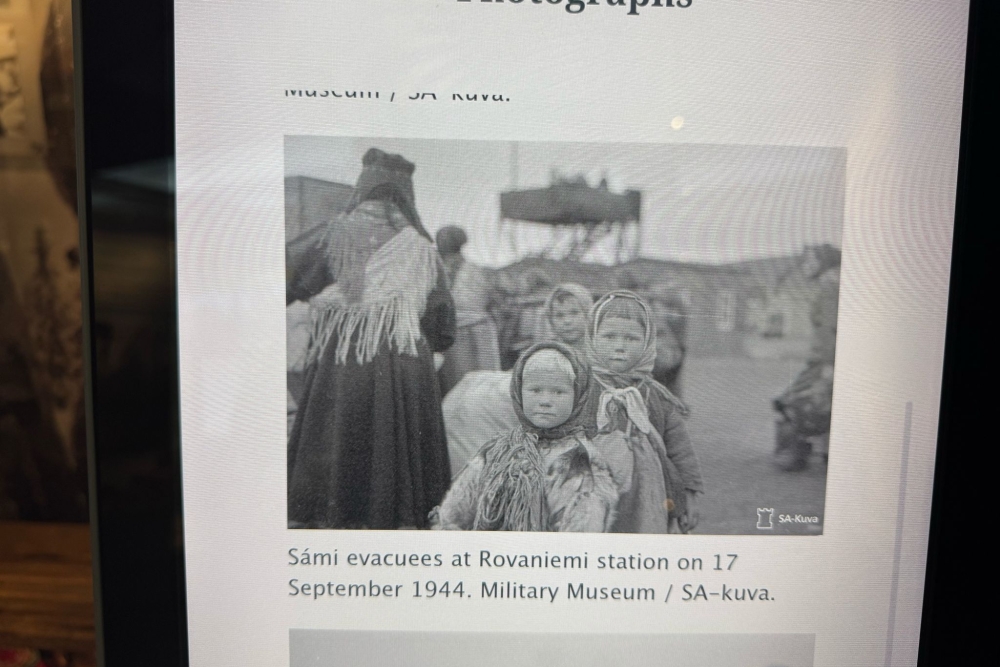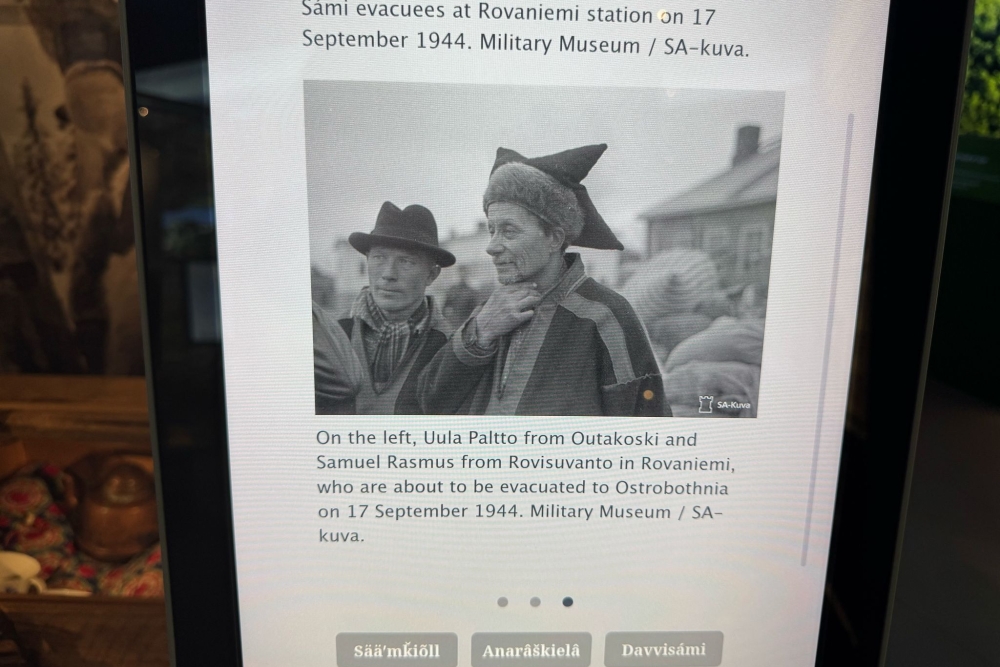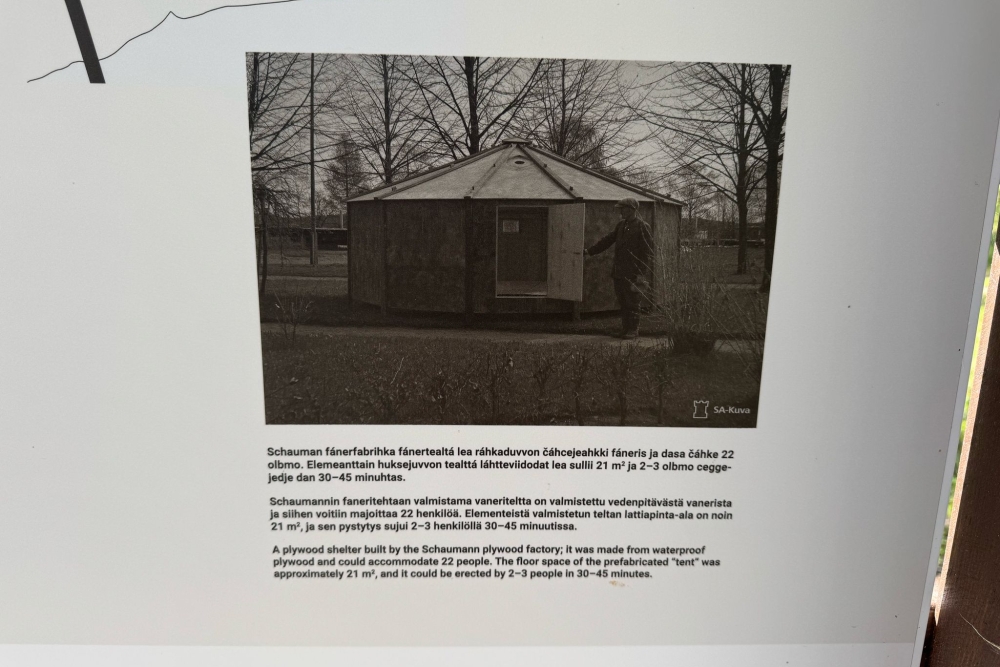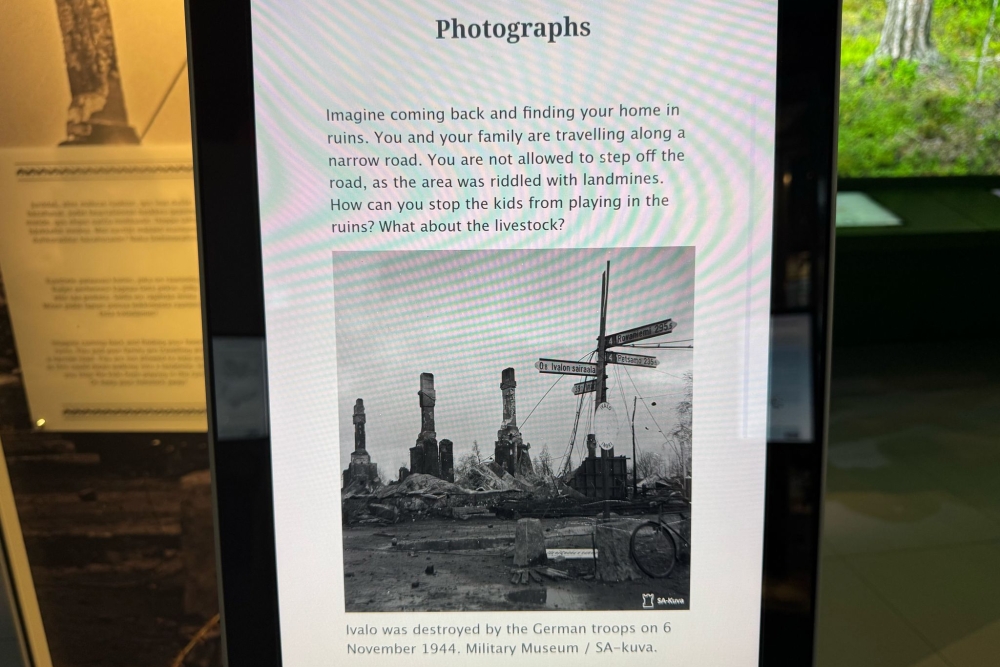Siida - Sámi Museum Inari
This museum, which focuses on the local nature, and the history and culture of the Sámi people of Lapland, also has an exhibition dedicated to the fate of this people during the Second World War. Lapland was the scene of warfare for much of the Second World War, and many Sámi served in the Finnish, Norwegian and Red Armies.
The history:
It began with the Winter War of 1939-1940 between Finland and the Soviet Union. This ended in 1940 with the Moscow Peace Treaty, under which the Finns had to cede large parts of Karelia. After the German invasion of Russia, the Continuation War followed, in which Finland chose the side of Germany for practical reasons and due to the lack of Allied support. During this war, Finland did not fight side by side with the Germans and did not become a true vassal state, but mainly tried to achieve its own objectives. In 1944, the Finns were driven out of Russia and the earlier Peace Treaty was reaffirmed, accompanied by further territorial losses and reparations. Finally, the Soviet Union forced Finland to wage the Lapland War with the aim of driving the Germans out of Finland. During their retreat towards Norway, the Germans applied a scorched earth policy, resulting in the destruction and razing of a large part of the villages in Lapland. When the Sámi returned, they found their land and villages destroyed and in ruins.
Just outside the museum, there was a prison camp during the Continuation War, and remnants of trenches and fortifications can still be seen.
For current visiting hours, please visit the website of the museum.
Do you have more information about this location? Inform us!
Source
- Text: TracesOfWar
- Photos: Anne Bolijn
